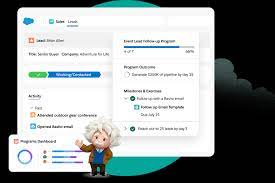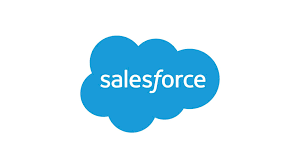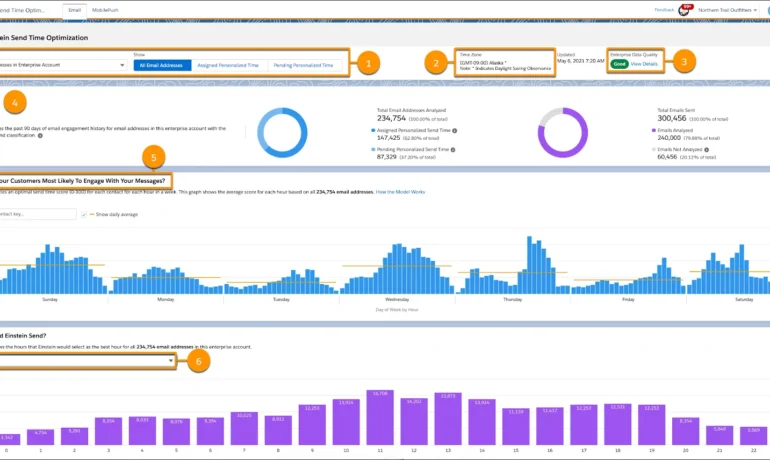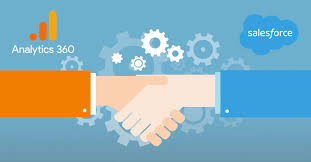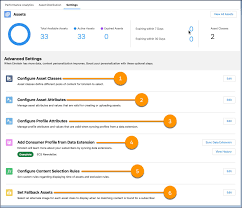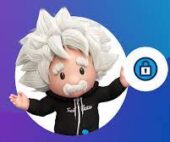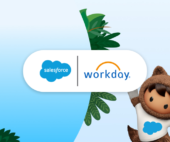Refund the Police
Salesforce CEO Marc Benioff has called for San Francisco to “refund the police,” stating this on X (formerly Twitter) on Thursday. As the largest private employer in San Francisco, Salesforce’s stance carries significant weight. In his detailed tweet, Benioff emphasized the need for the San Francisco Police Department (SFPD) to be fully staffed and funded.


